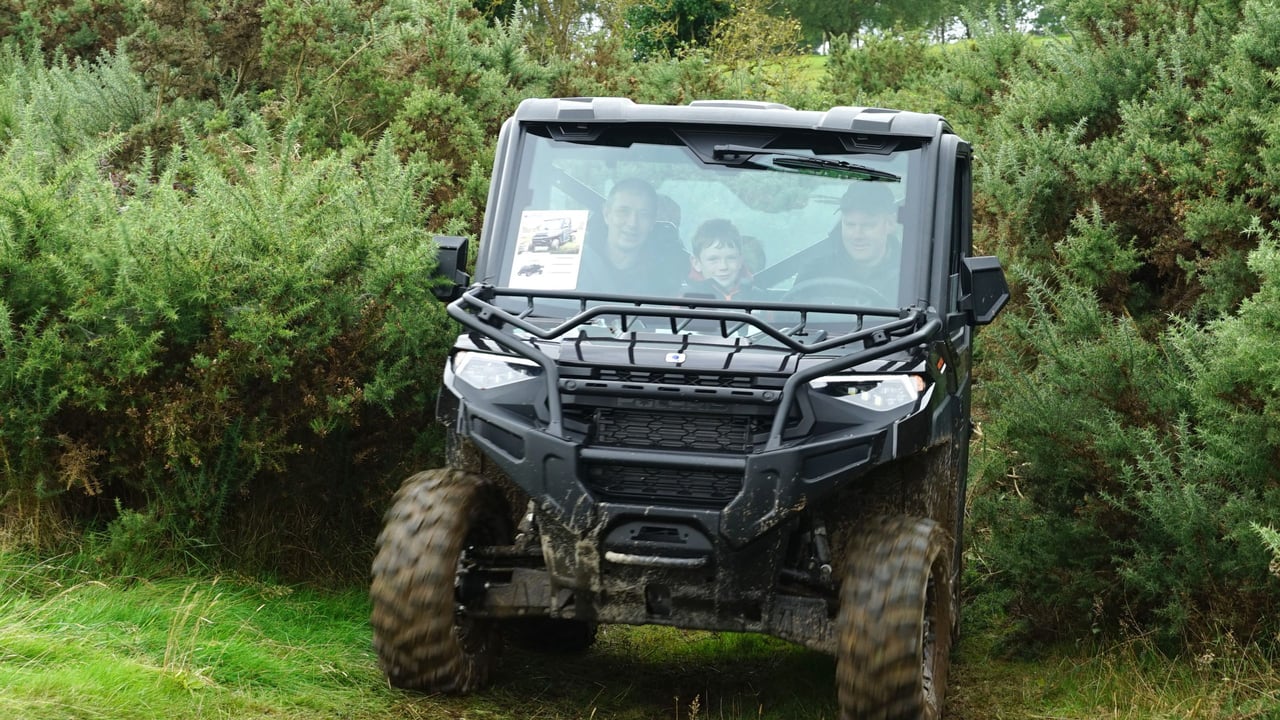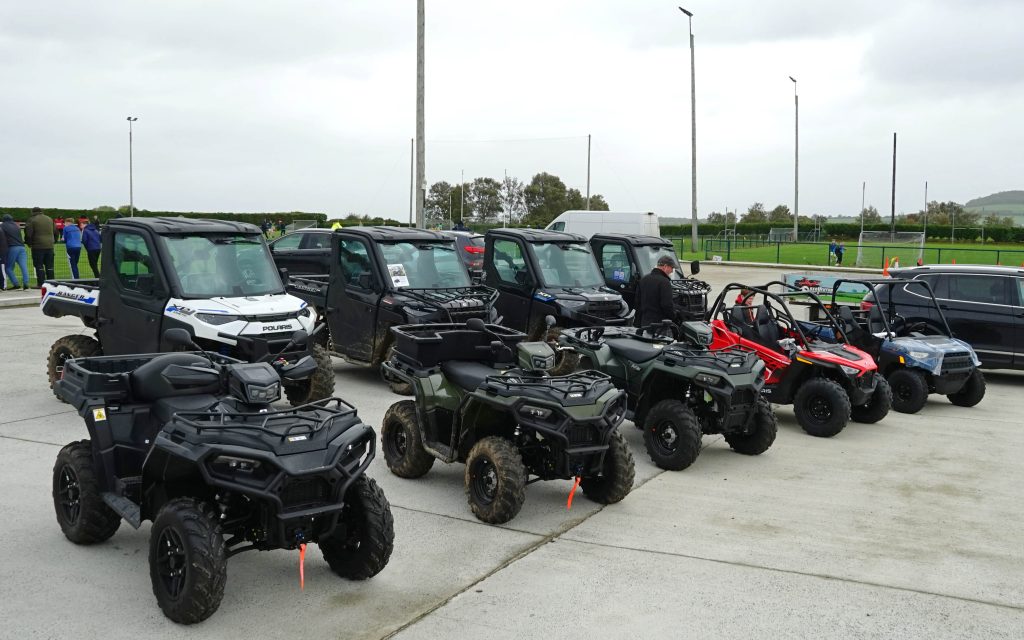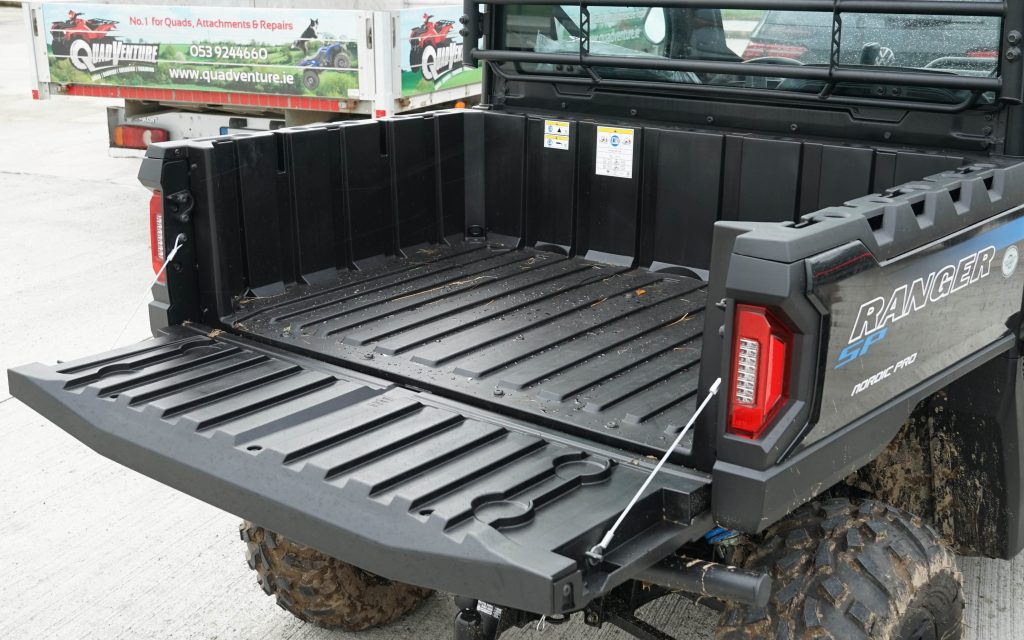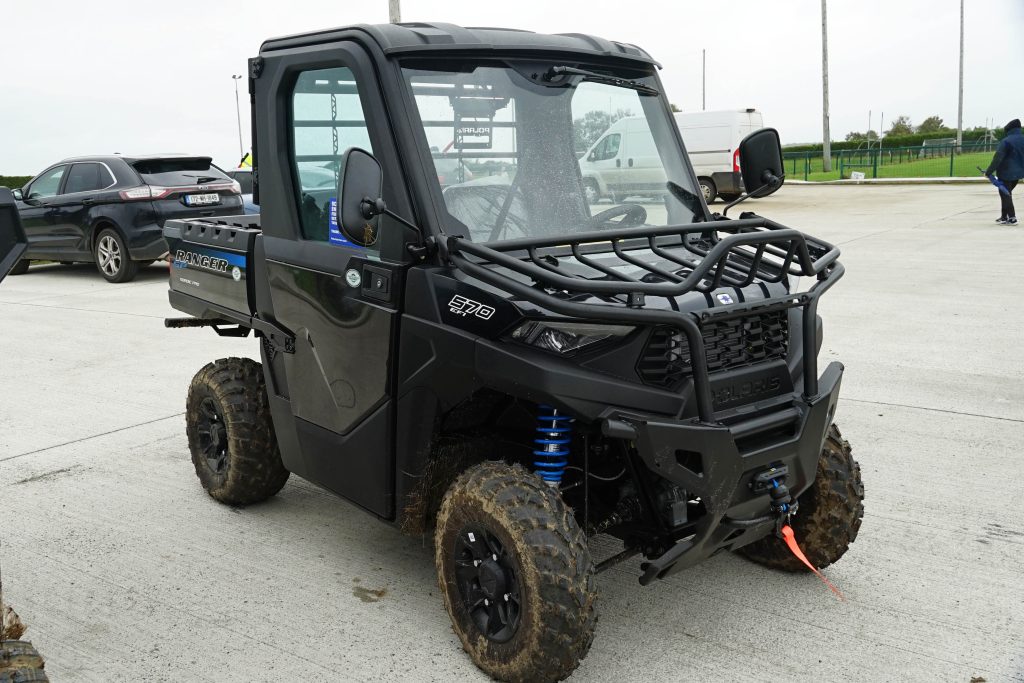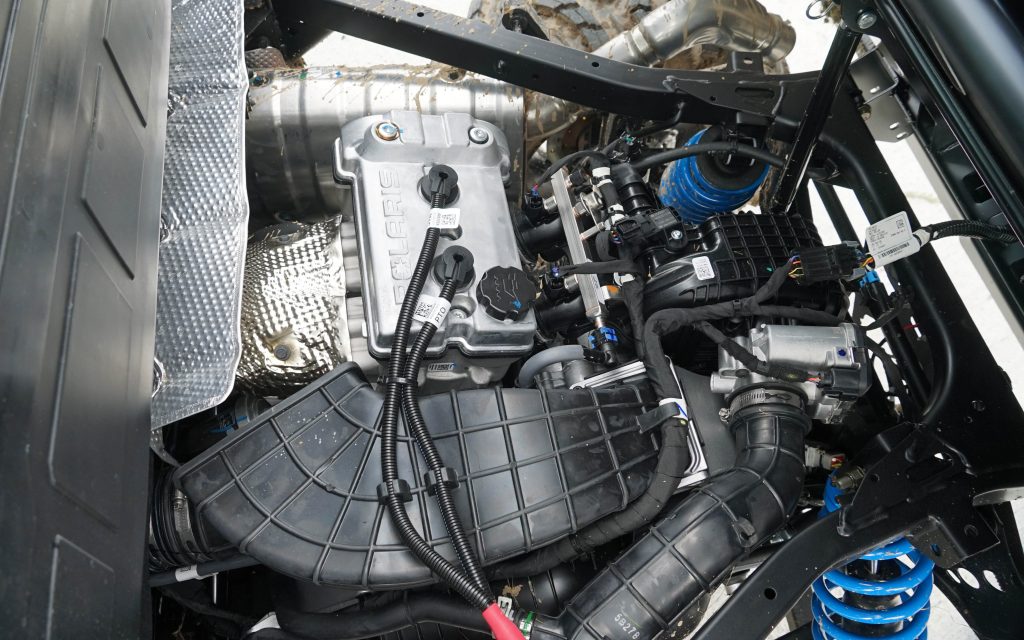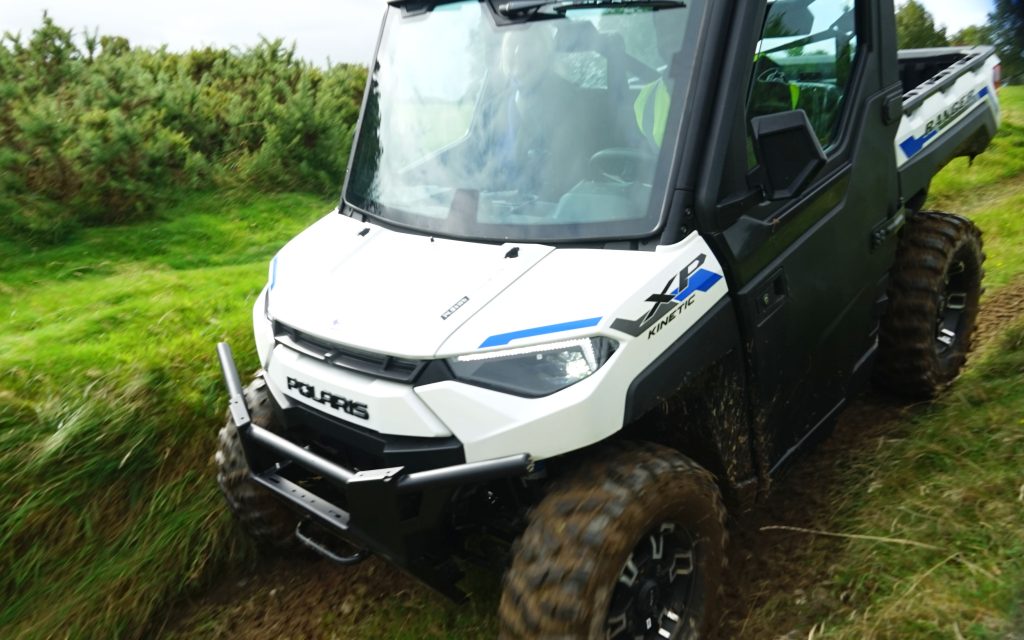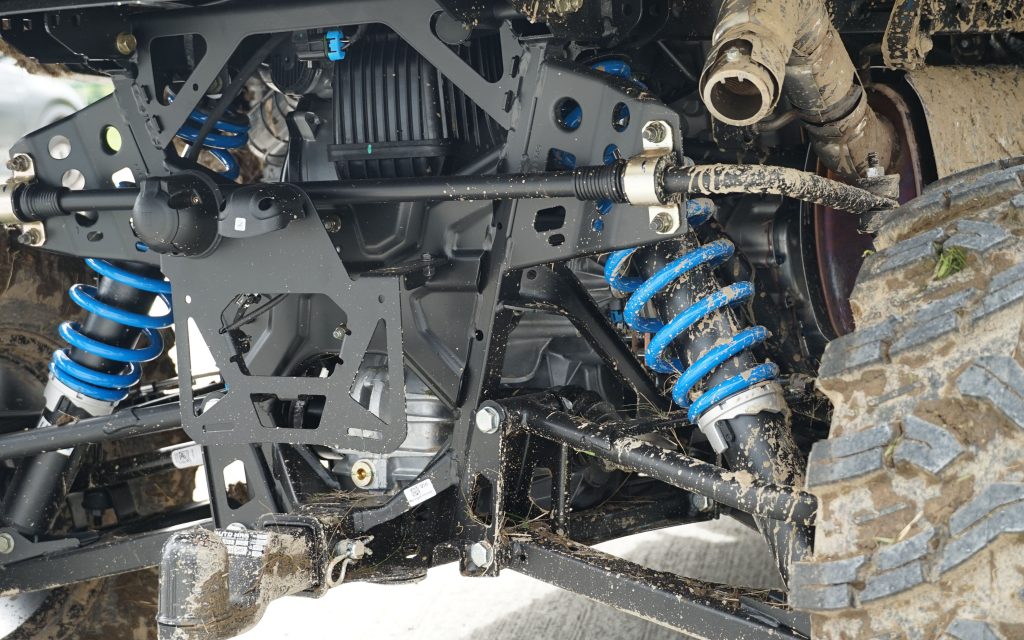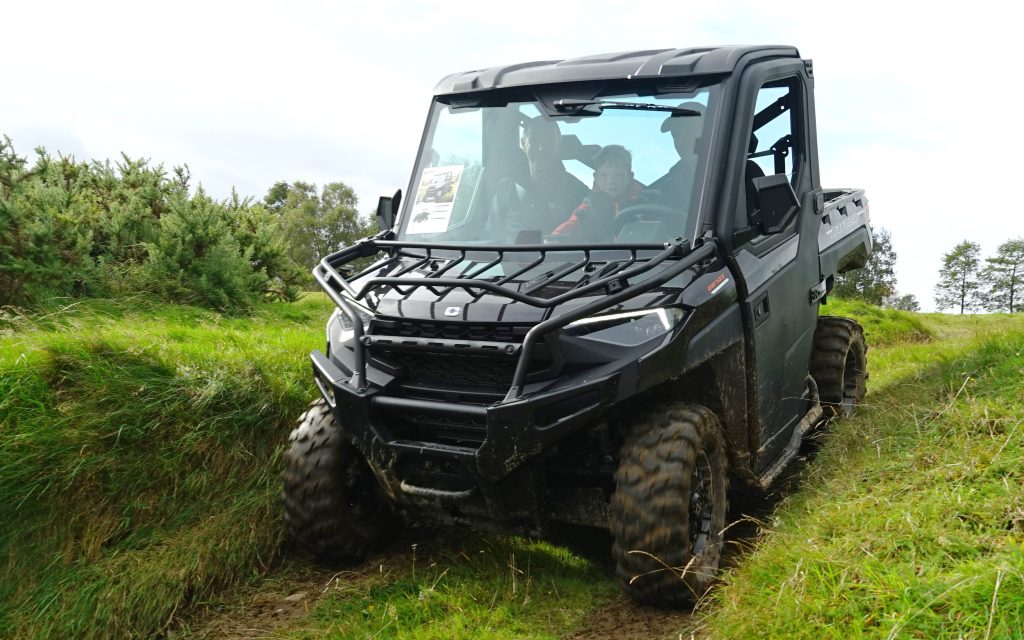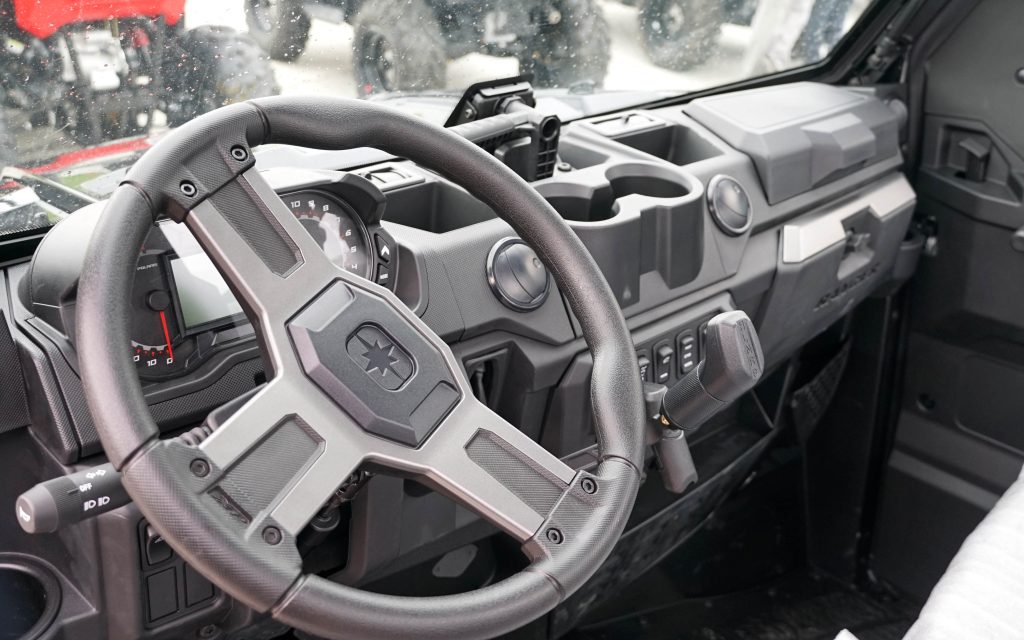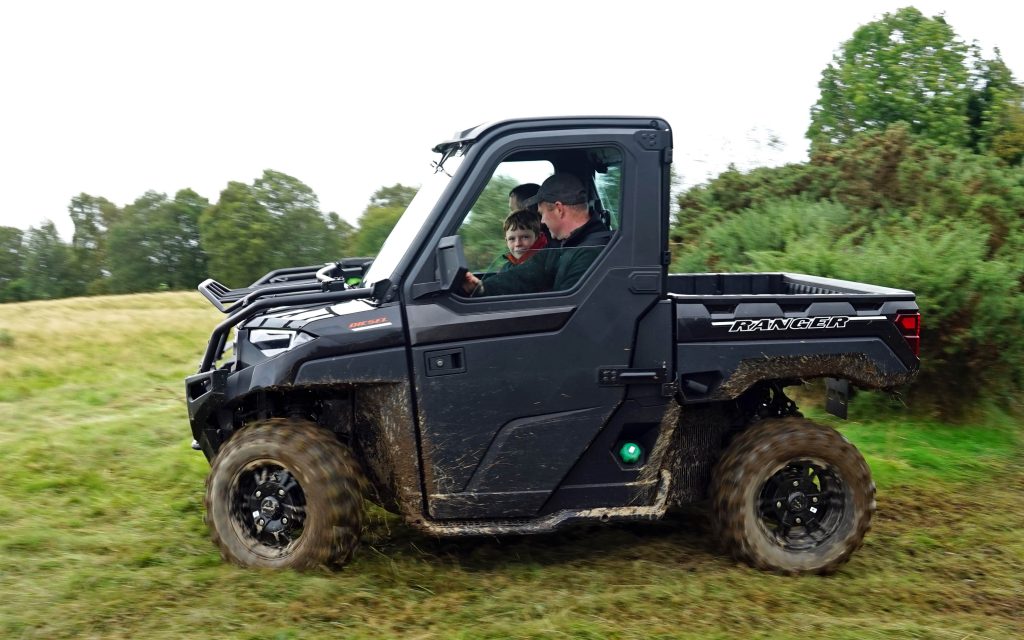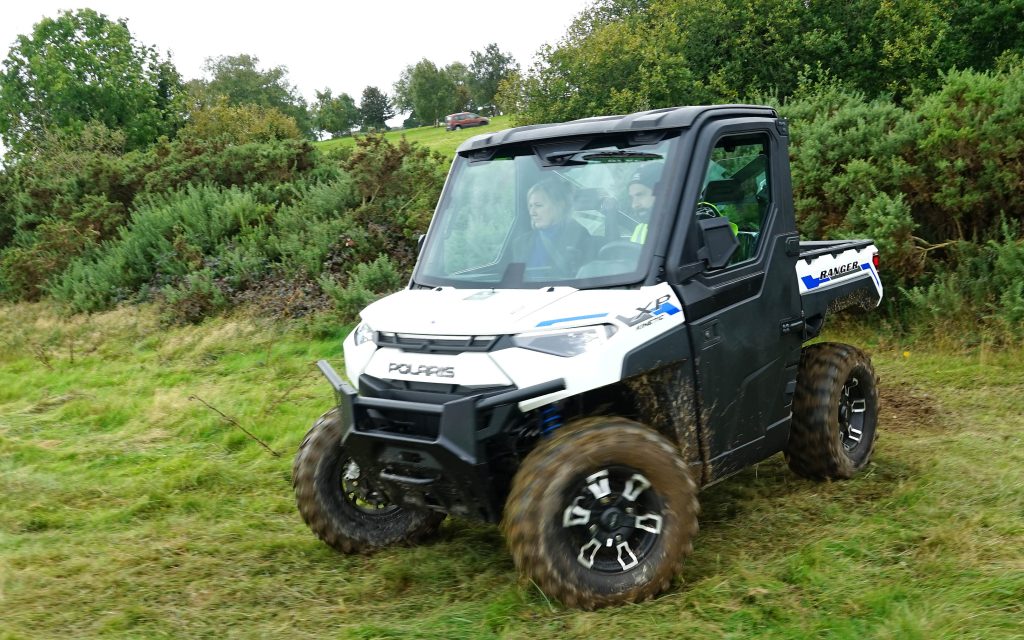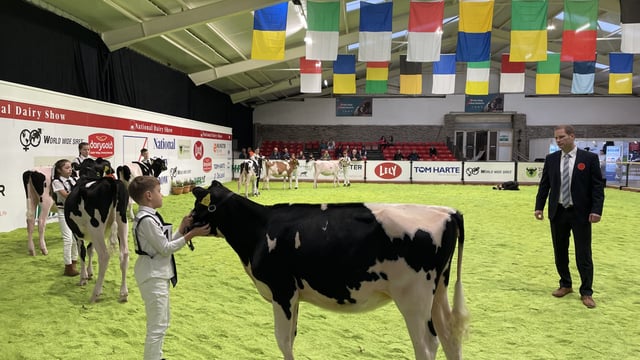Polaris UTV - more than just a quad with a cab
Over the last 40 years, the quad has earned a place as a useful member of farm vehicle fleets, as it has often found to be more convenient, cheaper to run, and with greater off-road ability than the average road-orientated 4X4.
Yet it is not without its drawbacks - comfort, payload, and safety being three issues which detract from its overall appeal, and it is these which the utility terrain vehicle (UTV), or side-by-side utility vehicle, seeks to address.
Polaris are active in manufacturing both, and the company recently held an open day at Portlaoise courtesy of its dealer for the area, JKA Trailers and Quads.
Polaris test drive
A good and representative range of machines had been brought along for visitors to try out around an off-road course on The Heath, an area of common land just to the east of Portlaoise.
It was not the most challenging of terrain, nor were the machines burdened by heavy loads or trailers, but it was enough to demonstrate the potential of these machines as everyday farm runabouts, the use of which could save a great deal of wear and tear on a normal 4X4.
Quads are a known item, but UTVs are often still considered the preserve of local authorities and golf courses; yet there is a growing recognition of them as a bridge between the quad and the 4X4.
Polaris claims that its UTVs are designed from the ground up as workhorses, and are not just a spin off from the recreational side-by-sides that dominate the US market.
Little and large
For the Irish market, they come in two basic frame sizes, the smaller having a lower carrying capacity and a 570cc single cylinder petrol engine while the larger models have greater carrying and towing capacities and a choice of power plants.
These power plants are a 1,000cc twin cylinder petrol, a three cylinder Kubota diesel or an all electric version with a choice of one or two battery packs.
All the petrol engines are single overhead cam units built by the company itself, which has long experience of powering its own jet skis and snow mobiles.
Power on demand
Yet it is not the engine that is key to the Ranger's performance, it is the transmission.
Called by the company On-Demand AWD, the Polaris sales and marketing staff simplify its working by referring to it as one-wheel drive, a somewhat alarming description to those who associate off road ability with a full set of driven wheels.
The explanation lies in the fact that, under normal conditions, only one drive shaft is being powered. However, as the wheel slip increases, the second half shaft is engaged, then the third and then the whole front axle.
It is a mechanical rather than electronic system, relying a 12V supply to activate rather than control it. The system was originally developed to reduce damage to ornamental turfs.
For the safe negotiation of slopes, there is a hill descent mechanism activated by a switch on the dash.
Are you sitting comfortably?
Taking the first of the three objections to quads, comfort, the Ranger series of UTVs from Polaris firmly answer this issue with cabs that may lack the room of a Toyota Land Cruiser, for instance, but are far easier to access and wash out.
However, it is not the creature comforts of the cab interior that impress the most in this area, it is the quality of the ride, something that for those who have lived with the bone-jarring thumps of the old leaf spring Land Rovers, or even the relatively gentle bumps of other coil-sprung off-roaders, comes as something of a revelation.
It is not that a cup of coffee would not be spilt when crossing ruts or ridges - it would - but that the transmission of the bangs and bumps to the occupants is hugely muted, obviating the need for the regular attention of a chiropractor.
This point should not be undervalued; tractor driving is well known to be hard on the back, reducing the the miles travelled in a tractor to do odd jobs around the farm should not be dismissed as a reason for buying a UTV.
Taking the strain
Such odd jobs will often entail carrying tools, fence posts, feed, and so on, and although on paper UTVs may not have the ultimate haulage capability of a 4X4, a realistic assessment of just how often a load greater than the 454kg capacity of the larger models is carried will probably reassure most users that it is quite sufficient for daily use.
A towing hitch capacity of 1,134kg as on the bigger machines may not match a Nissan Patrol, but they are not intended for hauling cattle to market. However, they can still seat three abreast on the front seat.
Road speeds need not hamper their use too much either, with 60kph being available while the electric is quicker, and more powerful still, but obviously the more power demanded, the more quickly the charge is depleted.
Safe driving
Safety, as always, is paramount and with a ROPS cabin, UTVs have an immediate advantage over quads.
Stability is also enhanced with operators sitting at a lower level, which means that should a capsize occur, they cannot be flung off the machine.
Driving the Polaris Rangers is a straightforward affair. There is a high and low gear, and a neutral and park position on a large lever to the right of the driver, while on the floor there is an accelerator and brake.
Steering on all but the most basic models has electronic power assistance while the engine is responsive and willing, although to those attuned to manual gears on a tractor, it does sound a little high revving and the instinct is to look for another gear.
But it is a petrol engine, so the desire soon goes away and the full potential of the vehicle comes to the fore. They are nippy, light to steer, and completely reassuring to drive away from the tarmac.
On ruts and slopes, stability never comes into question to the extent that it might on a quad, although it must never be taken for granted - accidents occur where complacency rules.
Coming of age
The biggest takeaway from this demo day was that UTVs should now be considered a worthy part of a farm vehicle fleet.
While it may be argued that the smaller models are quad replacements with additional utility, safety, and comfort, the larger series of machines are tools in their own right rather than glorified quads, and do fill a gap.
From the government's point of view, they are tractors and taxed as such, giving them another advantage over road-going 4X4s.
Maintenance costs are much reduced and it is not a case of having to reach for a laptop should things go wrong, not on the petrol and diesel models anyway.
With its latest range, Polaris is making every attempt to bring the UTV into the agricultural mainstream and worthy of serious consideration by farmers, rather than have them viewed as a niche machine for golf courses.

